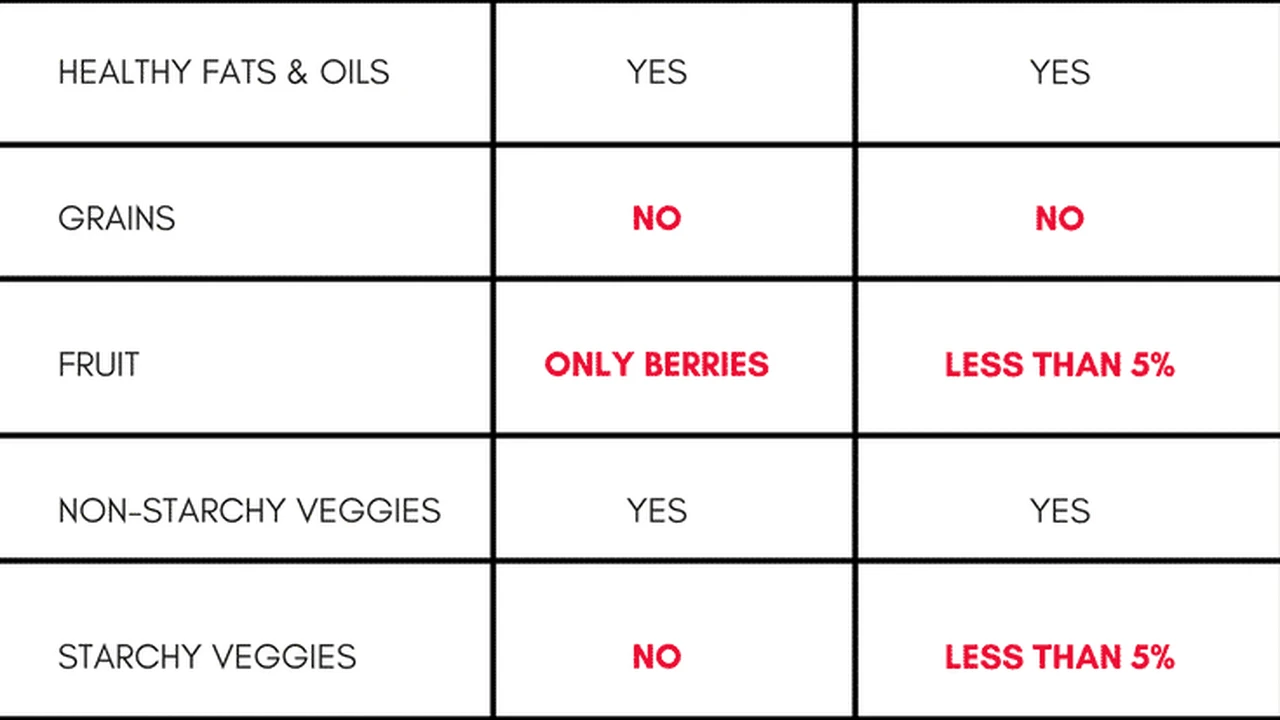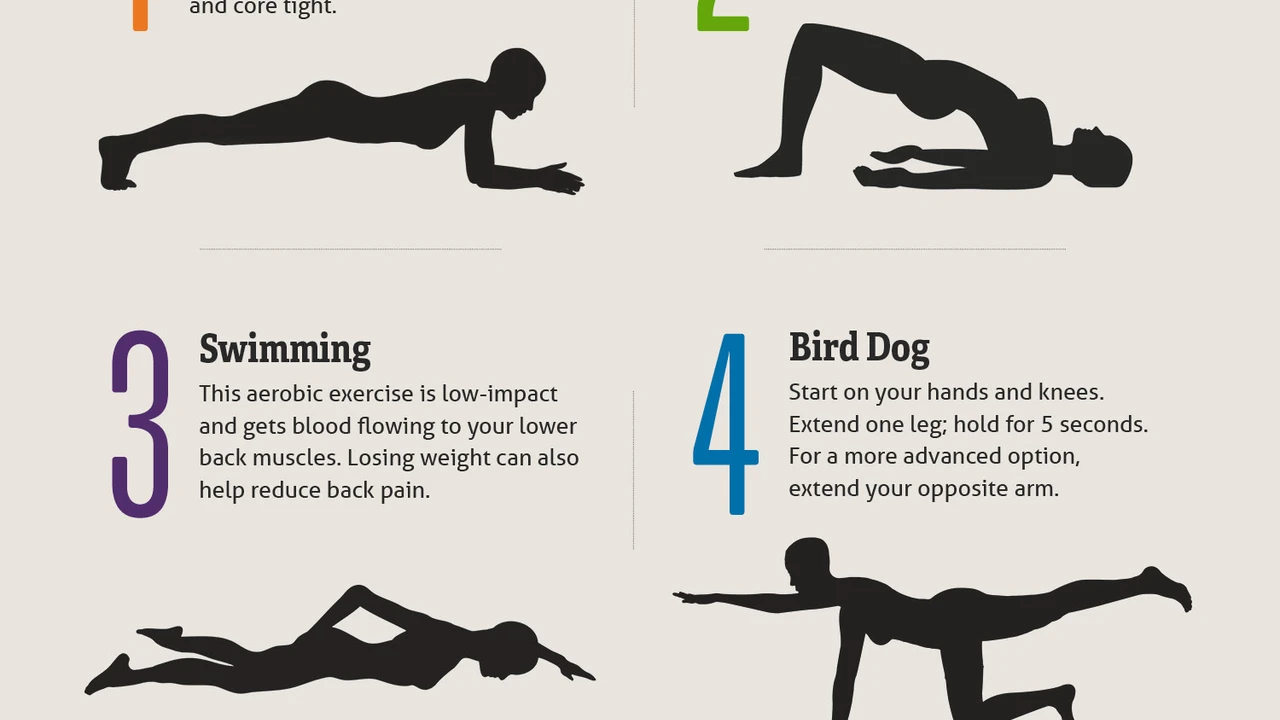Comparing Keto vs. Paleo: Which Diet is Right for You?

Keto vs Paleo Which diet is the better choice This article compares the key differences benefits and drawbacks of each Find out which diet aligns with your lifestyle and fitness goals Make an informed decision today
Keto vs Paleo Understanding the Core Principles
Let's dive right into the heart of the matter What exactly *are* the Keto and Paleo diets And what makes them so different? Think of them as two distinct paths on the road to wellness, each with its own set of rules and philosophies.
The Keto Diet A Deep Dive into Ketosis
The Ketogenic diet, often shortened to "Keto," is all about drastically reducing your carbohydrate intake and replacing it with fat. We're talking about consuming roughly 70-80% of your daily calories from fat, 10-20% from protein, and only 5-10% from carbs. The goal? To force your body into a metabolic state called ketosis.
In ketosis, your body switches from burning glucose (from carbs) for energy to burning ketones (from fat). This process can lead to weight loss, improved blood sugar control, and potentially other health benefits. Imagine your body as a hybrid car switching from gasoline to electric power that's ketosis in a nutshell.
Key aspects of the Keto diet:
- High Fat Intake: This is the cornerstone of the diet. Think avocados, nuts, seeds, oils, and fatty meats.
- Low Carb Intake: This is where it gets restrictive. You'll need to severely limit grains, starchy vegetables, fruits, and sugary foods.
- Moderate Protein Intake: Protein is important, but too much can actually kick you out of ketosis.
The Paleo Diet A Return to Our Ancestral Roots
The Paleo diet, also known as the "Caveman Diet," aims to mimic the way our hunter-gatherer ancestors ate. The idea is that our bodies are genetically best suited to the foods that were available before the advent of agriculture. Think of it as a dietary time machine.
The Paleo diet emphasizes whole, unprocessed foods like lean meats, fish, fruits, vegetables, nuts, and seeds. It excludes grains, legumes, dairy, processed foods, and refined sugars. The focus is on eating foods that our ancestors would have been able to hunt or gather.
Key aspects of the Paleo diet:
- Emphasis on Whole Foods: Focus on eating real, unprocessed foods that are as close to their natural state as possible.
- Exclusion of Grains and Legumes: This is a major difference from the standard American diet.
- No Dairy: Dairy products are also excluded, as they were not part of the Paleolithic diet.
Keto vs Paleo Key Differences and Similarities
Now that we've covered the basics, let's compare the Keto and Paleo diets side-by-side to highlight their key differences and surprising similarities.
Carbohydrate Intake A Major Point of Divergence
This is perhaps the most significant difference between the two diets. Keto is *extremely* low-carb, typically restricting carb intake to under 50 grams per day. Paleo, on the other hand, is more moderate in its approach to carbs, allowing for fruits and non-starchy vegetables.
Think of it this way: Keto is like a strict carb curfew, while Paleo is more like a gentle suggestion to limit them. If you're a carb lover, Paleo might be a more sustainable option.
Fat Intake The Flip Side of the Coin
While Keto is very restrictive with carbs, it's very liberal with fat. Paleo allows for healthy fats from sources like avocados, nuts, and olive oil, but it doesn't require the same high fat intake as Keto.
Consider this: Keto is all about embracing fat, while Paleo is more about choosing healthy fat sources in moderation.
Food Restrictions A Tale of Two Lists
Both diets have their fair share of food restrictions, but the specific foods they exclude differ. Keto excludes most fruits, starchy vegetables, grains, and legumes. Paleo excludes grains, legumes, dairy, and processed foods.
It's like comparing two different clubs with their own dress codes. Keto has a strict "no carbs allowed" policy, while Paleo has a "no processed foods allowed" policy.
Similarities A Shared Focus on Whole Foods
Despite their differences, both Keto and Paleo share a common ground: a focus on whole, unprocessed foods. Both diets encourage you to ditch the junk food and embrace real, nutrient-dense foods.
Think of it as a shared appreciation for quality ingredients. Both Keto and Paleo value foods that are as close to their natural state as possible.
Keto vs Paleo Health Benefits and Potential Risks
Before you jump on either bandwagon, it's important to understand the potential health benefits and risks associated with each diet.
Keto Diet Potential Advantages and Disadvantages
Potential Benefits:
- Weight Loss: Keto can be very effective for weight loss, especially in the short term.
- Improved Blood Sugar Control: Keto can help regulate blood sugar levels, making it potentially beneficial for people with diabetes.
- Reduced Seizures: Keto has been used to treat epilepsy in children.
Potential Risks:
- Keto Flu: The initial transition to Keto can cause flu-like symptoms like fatigue, headache, and nausea.
- Nutrient Deficiencies: Restricting certain food groups can lead to nutrient deficiencies.
- Digestive Issues: The high fat intake can cause digestive problems for some people.
Paleo Diet Potential Advantages and Disadvantages
Potential Benefits:
- Weight Loss: Paleo can promote weight loss by encouraging the consumption of whole, unprocessed foods.
- Improved Heart Health: Paleo can improve heart health by reducing the intake of saturated fat and processed foods.
- Reduced Inflammation: Paleo can reduce inflammation by eliminating common allergens and inflammatory foods.
Potential Risks:
- Nutrient Deficiencies: Excluding dairy and legumes can lead to calcium and fiber deficiencies.
- Cost: Eating a Paleo diet can be expensive, as it requires a lot of fresh, high-quality ingredients.
- Sustainability: Some people find it difficult to sustain the Paleo diet long-term due to its restrictions.
Keto vs Paleo Which Diet is Right for You A Personalized Approach
So, which diet is the right choice for you? The answer depends on your individual goals, preferences, and health conditions. There's no one-size-fits-all solution.
Consider Your Goals Weight Loss Blood Sugar Control or Overall Health
Are you primarily focused on weight loss? Keto might be a more effective option in the short term. Are you looking to improve your blood sugar control? Keto can also be beneficial in this regard. Are you simply aiming for overall health and well-being? Paleo might be a more sustainable and balanced choice.
Evaluate Your Preferences Food Restrictions and Lifestyle
Are you comfortable with strict food restrictions? Keto requires a high level of discipline. Do you prefer a more flexible approach to dieting? Paleo might be a better fit. Consider your lifestyle and how easily you can incorporate each diet into your daily routine.
Consult with a Healthcare Professional Before Making Major Dietary Changes
Before making any major dietary changes, it's always a good idea to consult with a healthcare professional or registered dietitian. They can help you assess your individual needs and determine which diet is right for you. They can also help you monitor your health and address any potential risks or concerns.
Keto-Friendly and Paleo-Friendly Products Recommendations and Comparisons
To help you get started, let's explore some specific product recommendations and comparisons for both Keto and Paleo diets.
Keto-Friendly Product Recommendations
Sticking to a Keto diet can be challenging, but these products can make it easier and more enjoyable:
- Quest Nutrition Protein Bars: These bars are low in carbs and high in protein and fiber, making them a convenient snack or meal replacement. Prices range from $2-3 per bar.
- Perfect Keto MCT Oil Powder: MCT oil can help boost ketone production and provide sustained energy. Perfect Keto offers a convenient powder form that can be easily added to coffee or smoothies. A tub costs around $30.
- Lakanto Monkfruit Sweetener: Monkfruit is a natural, zero-calorie sweetener that's perfect for Keto baking and cooking. It's a great alternative to sugar and artificial sweeteners. A bag of Lakanto Monkfruit Sweetener costs around $10.
Paleo-Friendly Product Recommendations
These products can help you embrace the Paleo lifestyle with ease:
- RXBAR Protein Bars: These bars are made with simple, whole-food ingredients like dates, nuts, and egg whites. They're a great source of protein and fiber. Prices range from $2-3 per bar.
- Primal Kitchen Mayo: This mayo is made with avocado oil and other Paleo-friendly ingredients. It's a delicious and healthy alternative to traditional mayo. A jar costs around $8.
- Nutpods Dairy-Free Creamer: These creamers are made with coconut cream and almond milk. They're a great way to add flavor and creaminess to your coffee without dairy. A carton costs around $4.
Keto vs Paleo Product Comparison
Let's compare some similar products to highlight the differences between Keto and Paleo options:
| Product Type | Keto Option | Paleo Option | Key Differences |
|---|---|---|---|
| Protein Bar | Quest Nutrition Protein Bar | RXBAR Protein Bar | Quest bars often use artificial sweeteners and processed ingredients to keep carbs low. RXBARs use whole-food ingredients like dates, which are higher in carbs. |
| Sweetener | Lakanto Monkfruit Sweetener | Honey or Maple Syrup (in moderation) | Keto relies on zero-calorie sweeteners. Paleo allows for natural sweeteners in small amounts. |
| Cooking Oil | Coconut Oil or MCT Oil | Avocado Oil or Olive Oil | Both diets embrace healthy fats, but Keto often prioritizes MCT oil for its ketone-boosting properties. |
Keto vs Paleo Real-Life Scenarios and Practical Tips
Now, let's consider some real-life scenarios and practical tips to help you navigate the Keto and Paleo diets in everyday situations.
Eating Out Navigating Restaurant Menus
Keto: Focus on ordering meat or fish with non-starchy vegetables. Ask for sauces and dressings on the side and avoid sugary drinks and desserts. Look for options like steak with asparagus or grilled chicken salad without croutons.
Paleo: Choose lean meats, fish, and plenty of vegetables. Opt for salads with olive oil and vinegar dressing. Avoid grains, legumes, and dairy. Look for options like grilled salmon with roasted vegetables or a Paleo-friendly burger without the bun.
Traveling Staying on Track While on the Go
Keto: Pack Keto-friendly snacks like nuts, seeds, and cheese. Look for grocery stores or restaurants that offer Keto options. Consider bringing your own protein powder or MCT oil powder.
Paleo: Pack Paleo-friendly snacks like fruits, vegetables, and nuts. Look for grocery stores or restaurants that offer whole, unprocessed foods. Consider bringing your own protein bars or trail mix.
Social Events Making Healthy Choices at Parties
Keto: Bring a Keto-friendly dish to share. Focus on protein and healthy fats. Avoid sugary drinks and desserts. Opt for cheese and charcuterie or a Keto-friendly dip with vegetables.
Paleo: Bring a Paleo-friendly dish to share. Focus on whole, unprocessed foods. Avoid grains, legumes, and dairy. Opt for a vegetable platter with hummus (if you allow legumes) or a Paleo-friendly salad.
:max_bytes(150000):strip_icc()/277019-baked-pork-chops-with-cream-of-mushroom-soup-DDMFS-beauty-4x3-BG-7505-5762b731cf30447d9cbbbbbf387beafa.jpg)






